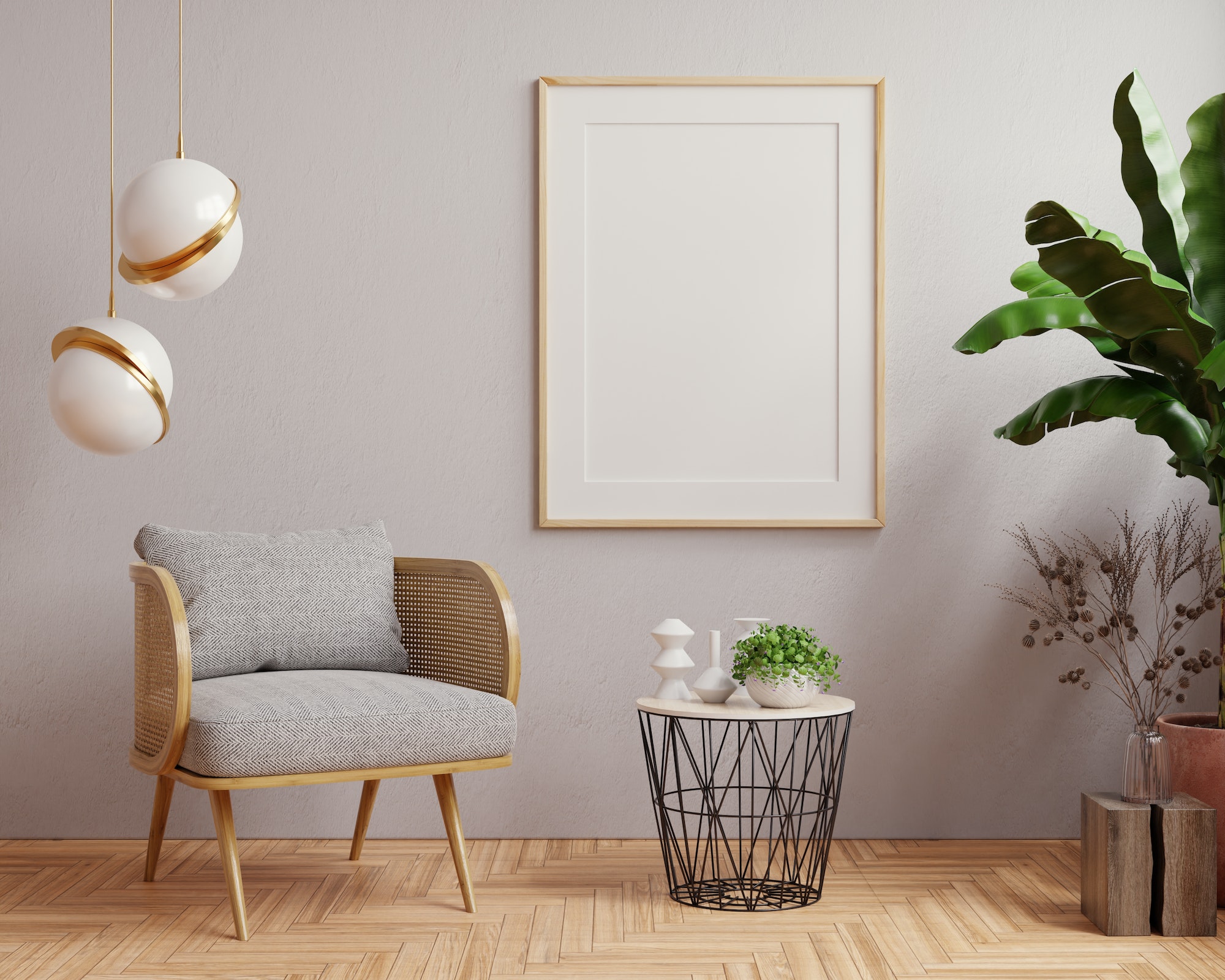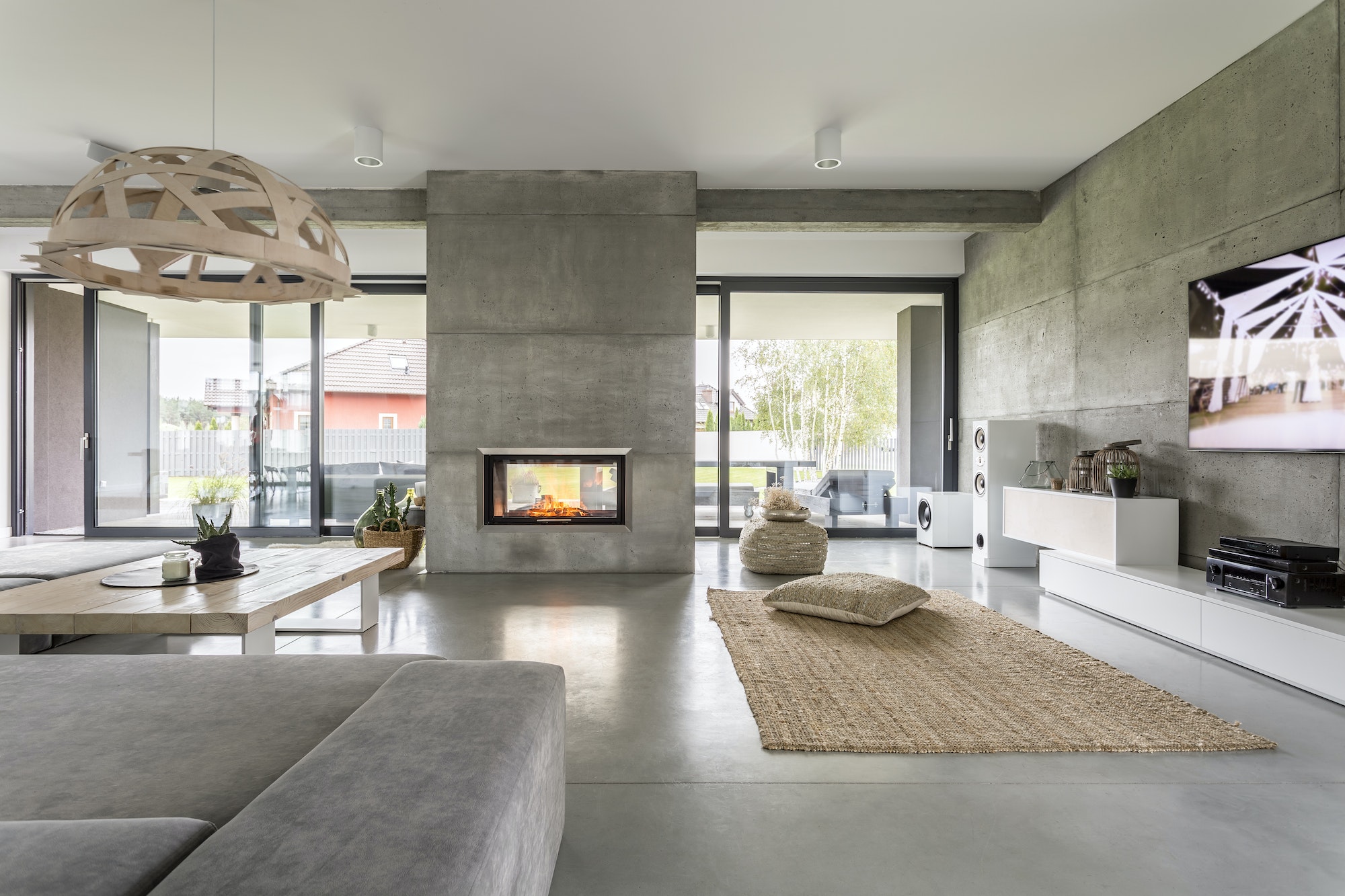If you’re going to buy a home in Daytona Beach or anywhere on the Florida panhandle, you might want to capture the idyllic coastal style that’s so often showcased in design magazines and on Instagram. So what is coastal design, and how do you bring it to life in your beach home?
The following are things to know and tips.
1. An Overview of Coastal Style
Coastal style, as you might think, is beach-like and breezy. You want to think about how you feel when you’re near the water, so there’s the tranquility that comes with coastal design and also a sense of fun. Coastal style really started on the Atlantic Coast, but now it’s made its way throughout the country and the world.
In northern states, coastal design is often about dark wood, while in Southern states, including Florida, the coastal style tends to be defined by lighter woods that are grayed from exposure to the elements and the salt water.
Like the coast itself, the style isn’t too formal. It’s always on the laid-back side of things. It’s not stuffy—it’s comfortable, and when you design your home in coastal style, it instantly feels inviting and like someone can come right in and relax.
2. Key Elements
Some of the key design elements that come with coastal style include neutral colors but also pops of color that is inspired by the surroundings. Different shades of blue and green always work well in a coastal home, as do more nautical colors like navy.
The color palette should always be drawn from nature and water. As you’re choosing a color palette, consider the sea but also the sand and the clouds.
If you want to use patterns, try to keep them in line with a nautical theme. For example, stripes are great in coastal design. They can create visual interest but stick with the coastal and naturally-inspired concept.
As far as the flooring, wide planks are beautiful. Teak is a wonderful material for a coastal home, as is oak.
Lighting is a key element in coastal design, and you also want to think about your finishes and textures. Even with a largely neutral color palette, your textures are what are going to give the space some depth. Driftwood, woven items, sisal and jute, and grass cloth are all rich textures that work in coastal design. In general, natural textures can give the relaxed coastal feeling you might be looking for.
3. Durability and Longevity
When you’re designing a coastal home, you have to think about how the natural elements and also your lifestyle are going to affect the items you use. For example, you need durable fabrics that are going to stand the test of time and will also be able to withstand sand and wet bathing suits.
Coastal homes often have pieces of furniture that look worn and well-loved and as if they have been in the family for decades or generations, even if they haven’t been.
Fabrics like Crypton and Sunbrella are durable for coastal homes. You can also consider slipcovers, which are great since you can take them off and wash them when needed.
4. Eliminating the Distinction Between Indoor and Outdoor Living
A big part of coastal design involves eliminating that obvious separation between indoors and outdoors. You want your indoor spaces to perfectly and seamlessly spill over to your outdoor spaces. That means that you take time decorating your patios and decks much like you do your interior. You also want to make sure that you’re letting the outdoors be the focal point even when you’re inside.
This means large windows that are mostly uncovered and allow for natural light to flood in and for you to enjoy the scenery that’s all around you.
5. You Can Also Go Tropical
In Florida, the tropical style can also work for a coastal home. Tropical style is brighter and more vibrant than the relaxed sensibilities of coastal style. Tropical style includes color palettes with green, pink, and orange.
Tropical interior design can also use natural materials, including bamboo, teak, wicker, and rattan.
You can also integrate elements of Hollywood regency style if you’re going tropical, so you might think about lattice prints, palm leaves, and cane motifs.
6. Using Natural Fibers
We touched above on the use of natural fibers in coastal style, and it’s a critical part of coastal style. You might cover floors with natural fiber rugs like sisal, seagrass, and jute, for example.
Natural fibers are resilient, and the tighter the weave, the more resilient the floor covering will be.
Natural fibers are going to bring natural texture into your style as well as charm and character, especially thanks to the inherent variations in color and texture.
7. Layer Neutrals
Unless you’re going with a more tropical design, your coastal style will probably be based on a neutral color palette. Neutral color palettes can be beautiful and relaxing, but you don’t want them to feel flat or dull. To make neutrals exciting, you can vary the shades of neutrals you use, as well as the textures.
For example, you might have whitewashed wood ceilings and white walls paired with something like a natural weave rug.
You can warm up a neutral space with wood and beige accents, as well as greenery or other naturally inspired décor pieces.
8. Mixing Patterns
If you are going to add bolder colors to a coastal design, you might want to stay within the same color family. Blue is a good example. With blue, you can layer florals, stripes, and abstracts, and you’re still pulling from the natural inspiration of the sea.
9. Don’t Go Overboard
Finally, when it comes to coastal design style, less is more. Don’t go overboard on any one theme or concept. For example, adding a few things like driftwood and shells can be fun, but you don’t want your home to end up looking kitschy. Coastal style is sophisticated at the same time as comfortable and livable.
Discover more from Futurist Architecture
Subscribe to get the latest posts sent to your email.




